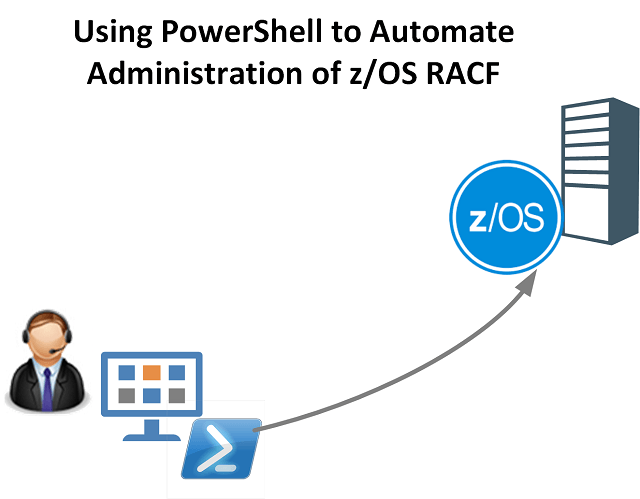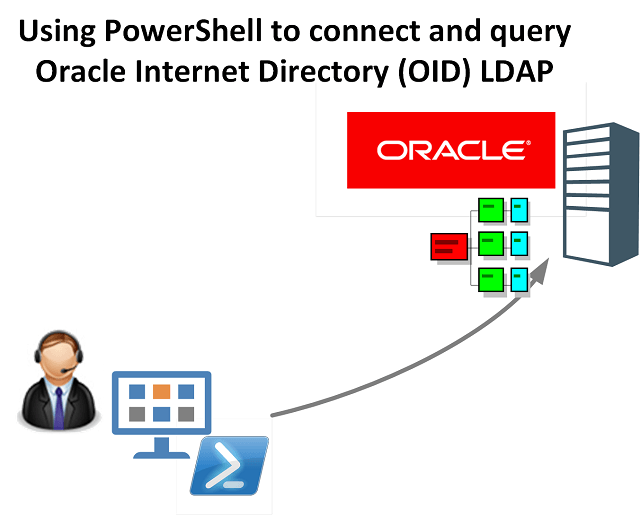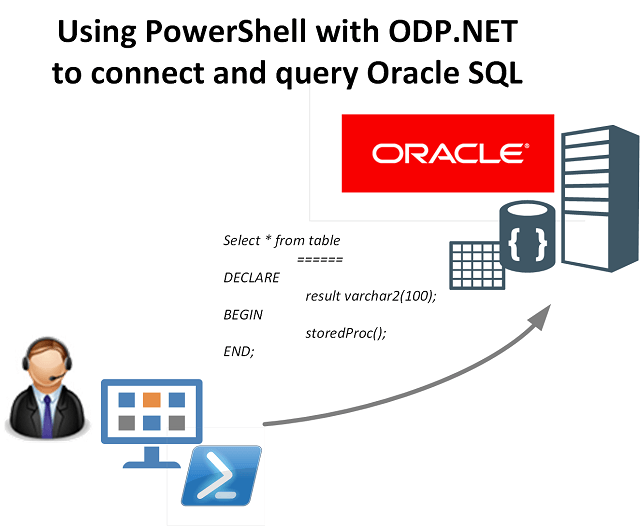
Automating RACF Administration with PowerShell
Automating RACF Administration with PowerShell? Yes, I’m writing this post from the past as it is 2019 and certain technologies are not in my job description anymore like Faxing Solutions and Mainframe Administration. I guess its been one of those months. Recently I needed to automate some RACF Administration tasks. Naturally I wanted to perform this with my favourite scripting tool, PowerShell.
After much searching, I couldn’t find any references to anyone doing such a thing.… [Keep reading] “Automating RACF Administration with PowerShell”




